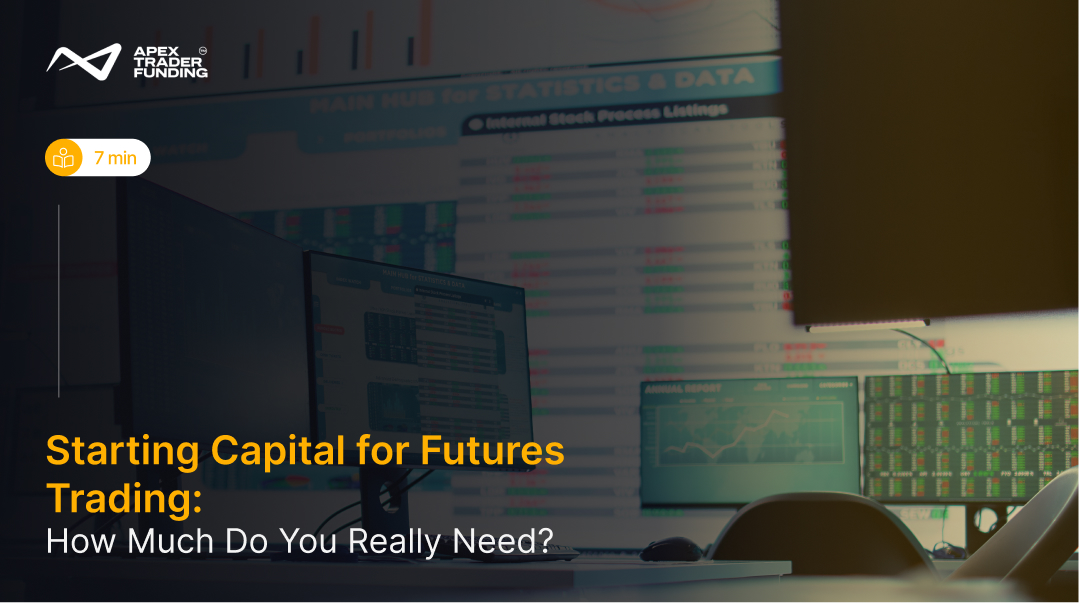
trading-education | 02-10-25
Futures trading is often seen as one of the most flexible entry points into the financial markets, but the question every beginner asks is: how much money do you need to start? Unlike stock investing, where you must purchase shares outright, futures allow you to control larger positions with a smaller upfront amount through margin. While this opens opportunities for traders with modest accounts, it also requires a clear understanding of costs, risks, and the tools that make trading sustainable.
1. Understanding Margin Requirements
The most important factor in determining starting capital for futures trading is margin. A margin deposit is not a down payment but a performance bond to ensure you can cover potential losses.
- Exchange Margin: Set by exchanges like CME Group, this is the baseline required to open a position.
- Broker Margin: Brokers often raise this minimum to manage risk more conservatively.
- Day-Trade vs. Overnight Margin: Many brokers allow lower margins for trades closed within the day, but holding overnight requires more collateral.
📌 Example: An E-mini S&P 500 futures contract may need only $500–$1,000 as a day-trade margin, but the overnight requirement could exceed $10,000.
2. The Practical Starting Point
While some brokers advertise you can trade with as little as $500, starting with only the bare minimum leaves no room for error. Slippage, volatility spikes, or even a single poor trade could wipe out a small account.
A more realistic starting point for new traders is between $2,500 and $5,000. This provides flexibility to manage risk properly, absorb small losses, and maintain compliance with margin rules. Traders aiming for more active or diversified strategies may consider starting with $10,000 or more for added security.
In futures trading, the size of your account is less important than the size of your discipline.
3. Tools That Help Stretch Your Capital
Beyond raw funding, the right trading tools can make a small account go further by reducing errors, sharpening discipline, and improving execution. For beginners especially, access to these resources is as important as the initial deposit itself.
- Risk Management Dashboards: Platforms like WealthCharts allow traders to track drawdowns, profit targets, and performance metrics, helping prevent costly mistakes and reinforcing discipline.
- Execution Platforms: Systems such as Rithmic and Tradovate provide low-latency execution, stability, and real-time order flow — vital when every tick matters in leveraged markets.
- Margin Calculators: Before committing to a trade, calculators help estimate how much capital each contract requires, ensuring your account isn’t overexposed.
- Simulated Accounts: Practicing in demo environments allows you to test strategies under live market conditions without risking real money.
- Trade Journals: Logging entries, exits, risk exposure, and emotional notes creates a feedback loop that helps refine strategy and build consistency over time.
When used together, these tools transform futures trading from guesswork into a process-driven activity — stretching the impact of every dollar in your account.
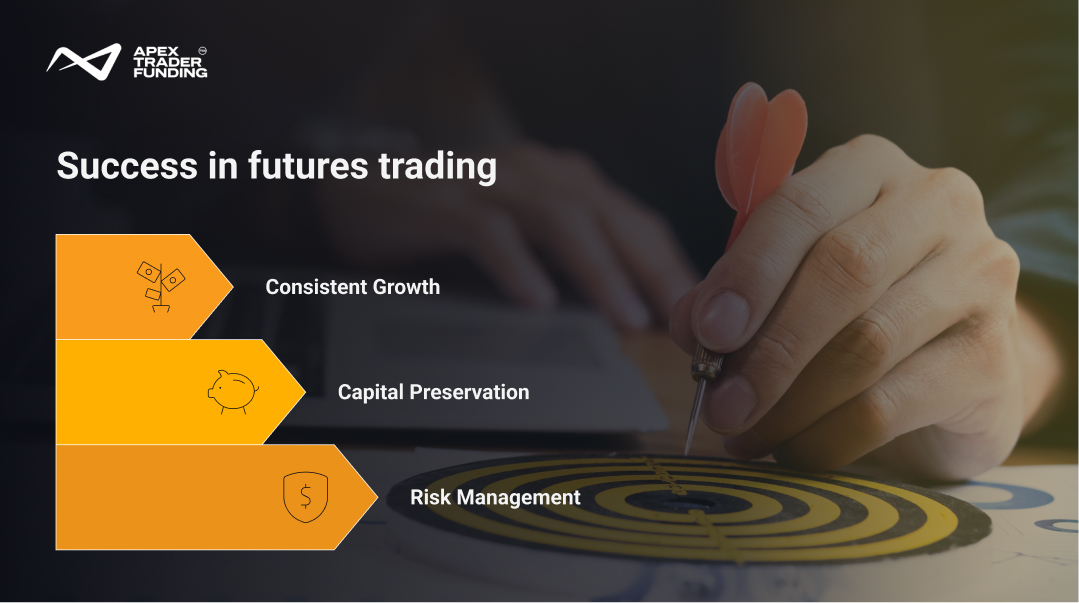
4. Balancing Risk and Expectation
Futures trading should never be approached as a shortcut to overnight wealth. The traders who last are those who align their expectations with disciplined risk management. Sustainable growth is built on structure, not speculation.
- Small, Consistent Gains: Modest daily or weekly returns compound into meaningful long-term growth, often outperforming traders who chase a single “big win.”
- Position Sizing Discipline: Tools like risk calculators help determine safe position sizes, ensuring no single trade risks more than 1–2% of account equity.
- Drawdown Awareness: Monitoring the overall drawdowns is critical. The fastest way to failure is ignoring limits and overexposing your account.
- Trading as Skill-Building: Think of capital as the fuel for growth, not the solution. A well-tested strategy and disciplined execution matter more than the size of your account.
This mindset shifts futures trading from gambling on luck to building a professional, skill-based career.
Consistent traders don’t ask how fast they can grow their account; they ask how long they can protect it.
Final Thoughts
So, how much money do you need to start trading futures? The technical answer could be as little as $500, but the practical and sustainable answer is closer to $2,500–$5,000. More importantly, traders need the right tools, risk practices, and mindset to make that capital last. Futures markets reward discipline over daring, and having enough funding to trade responsibly is the first step toward long-term profitability.
Ready to put these insights into practice? Explore the website Apex trader funding or start your journey with a 50K Rithmic account or a 50K Tradovate account to access the tools and structure you need for futures trading success.
FAQs
Technically, yes — some brokers allow you to open a futures account with as little as $100. However, starting with such a small amount is highly restrictive:
Margin requirements: Even the smallest futures contracts (like micro futures) require margins that can quickly exceed $100.
Risk exposure: A single losing trade could wipe out your account.
Practicality: With so little capital, you won’t have room for error or flexibility in position sizing.
A more realistic starting point is a few hundred to a few thousand dollars, especially if you want to use proper risk management and avoid blowing up your account too quickly.
Yes, futures markets operate nearly 24 hours a day, five days a week. This gives traders flexibility to participate during global sessions:
1. U.S. session: Heavy activity around CME hours, especially when stock indexes and commodities trade.
2. European session: Active overlap with currencies, energy, and indices.
3. Asian session: Often lower volume but useful for traders in different time zones.
⚠️ Keep in mind that continuous access doesn’t mean you should trade nonstop. Overtrading often leads to mistakes. Most successful traders focus on high-probability setups during the busiest hours of the day.
Trading futures can feel harder than trading stocks because futures are highly leveraged and move much faster. A small market shift can result in significant gains or losses, so risk management becomes critical. Unlike stocks, where you can hold long-term, futures often require quick decision-making and strict discipline. That said, many traders find futures attractive because of their liquidity, extended trading hours, and the ability to profit in rising or falling markets. With the right education and tools, futures are not necessarily “harder” — they just demand a different approach.
Related Blogs
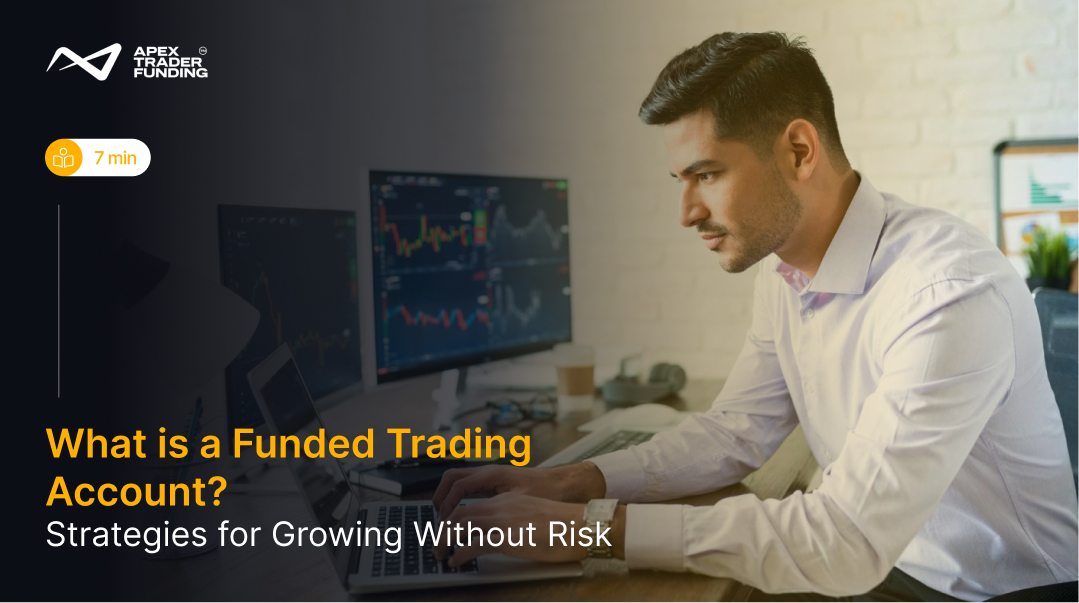
trading-education | 22-08-25
What is a Funded Trading Account? - Detailed Guide
Trading has traditionally required large amounts of personal capital, leaving many aspiring traders locked out. A funded account changes that...
Read more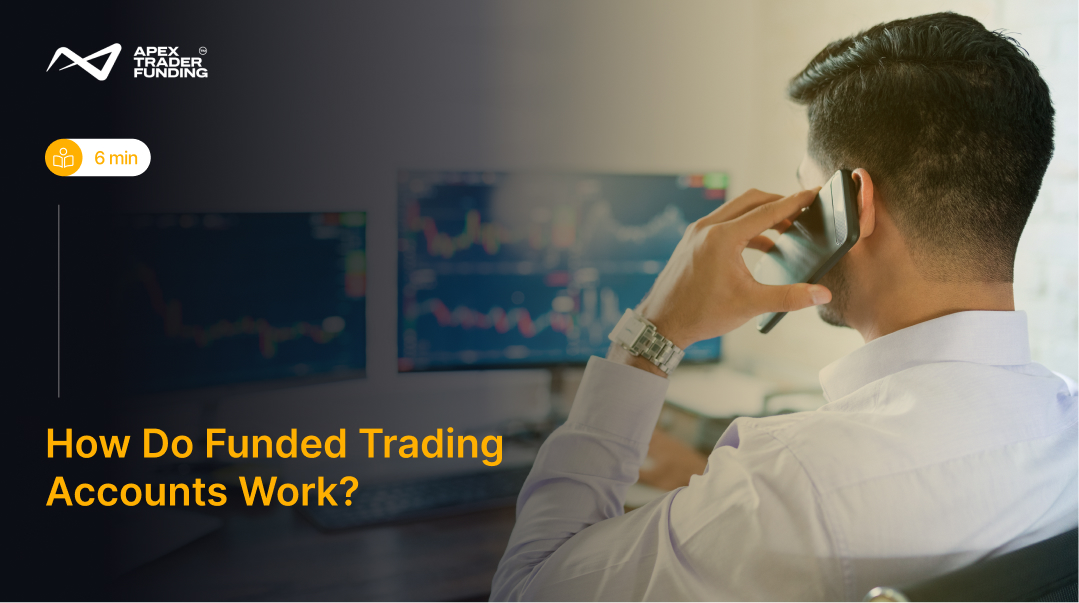
trading-education | 23-08-25
How Do Funded Trading Accounts Work?
Many new traders face the same challenge: limited capital and limited experience. Jumping into markets with personal savings often leads...
Read more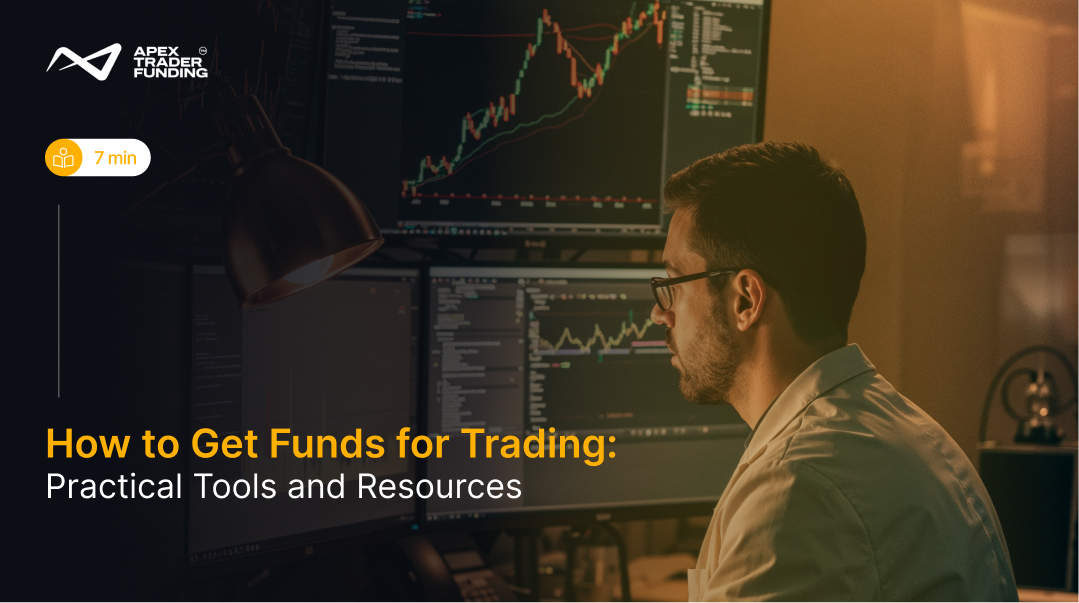
trading-education | 25-08-25
How to Get Funds for Trading? - 6 Practical Ways
Starting a trading journey often requires more than knowledge—it requires capital. Yet many aspiring traders face the same challenge: how...
Read more